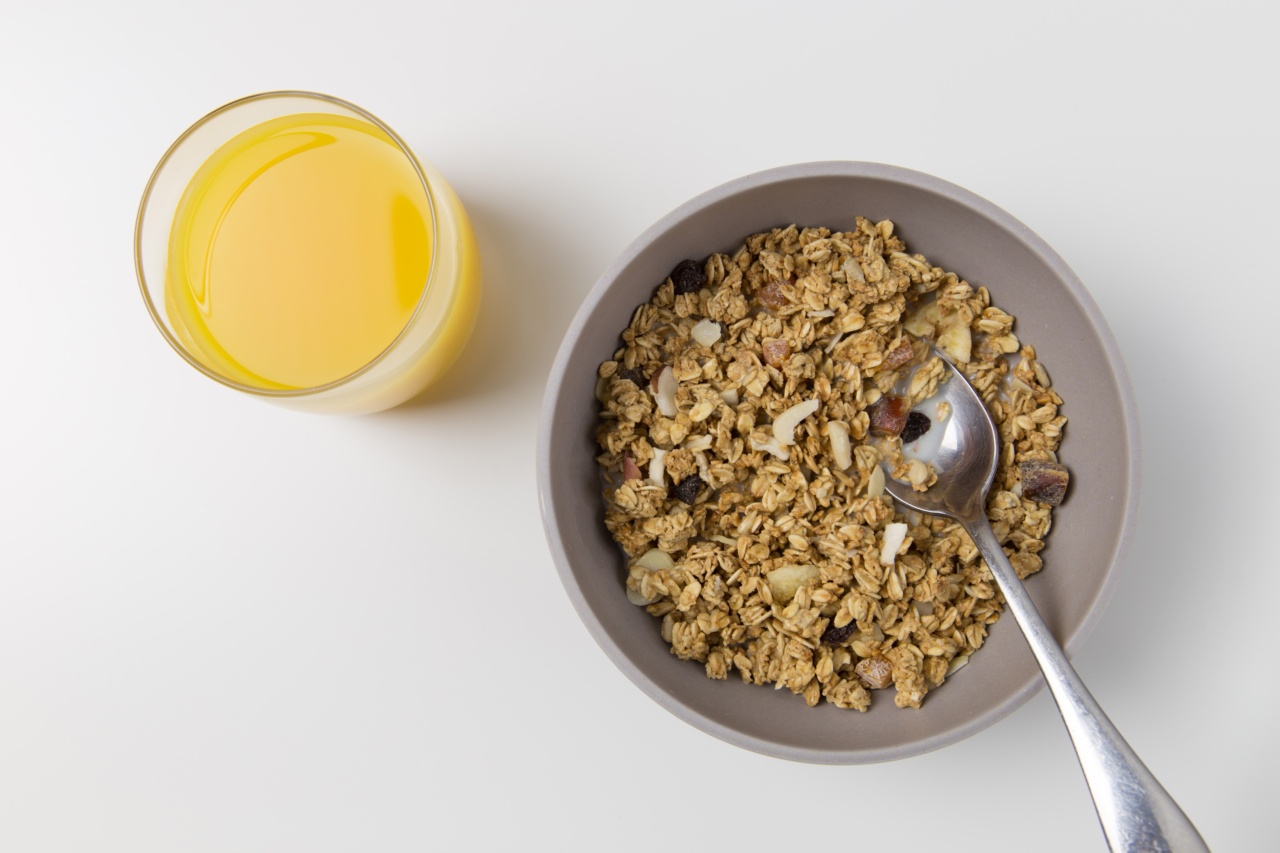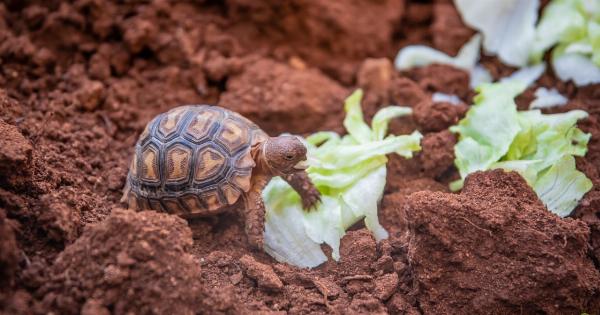As your baby reaches the six-month milestone, it’s time to start thinking about introducing solid foods into their diet.
This transition from exclusive breastfeeding or formula feeding to solid foods plays a crucial role in your baby’s growth and development. It’s essential to ensure that they receive adequate nutrition during this phase, as it sets the foundation for their lifelong eating habits.
Signs That Your Baby Is Ready for Solid Foods
Every baby develops at their own pace, so it’s important to watch for signs of readiness before introducing solid foods. Here are some common signs that your baby may be ready:.
- Your baby can hold their head steady
- They have good neck control and can sit with support
- They show an interest in the food you’re eating
- They have lost the tongue-thrust reflex, which prevents them from pushing food out of their mouth
- They can pick up objects and bring them to their mouth
- They seem hungry even after a full feeding of breast milk or formula
Introducing Solid Foods: A Step-by-Step Guide
When starting solid foods, it’s important to start slow and gradually introduce new foods to your baby. Here’s a step-by-step guide to help you navigate this phase:.
Step 1: Choose the Right Time
Find a time when your baby is calm and not too hungry or tired. This will make the experience more pleasant for both of you.
Step 2: Start with Single-Ingredient Foods
Begin with single-ingredient foods such as mashed bananas, avocados, or pureed sweet potatoes. This will help you identify any potential food allergies or sensitivities.
Step 3: Introduce One New Food at a Time
Wait for a few days after introducing a new food before trying another. This will give you time to observe if there are any adverse reactions or digestive issues.
Step 4: Gradually Increase the Texture
As your baby becomes more comfortable with eating, you can gradually increase the texture of the foods. Start with smooth purees and gradually introduce lumpy or mashed foods.
Step 5: Offer a Variety of Foods
Introduce a variety of fruits, vegetables, grains, and proteins to ensure that your baby receives a balanced diet. This will also help them develop a diverse palate.
Step 6: Pay Attention to Allergic Reactions
Watch out for signs of allergic reactions, such as rashes, diarrhea, vomiting, or difficulty breathing. If you notice any of these symptoms, stop feeding the food immediately and consult your pediatrician.
Nutritional Considerations for Baby’s Solid Foods
When it comes to providing optimal nutrition during the transition to solid foods, it’s important to consider a few key nutrients:.
1. Iron
Babies are born with iron stores that start to deplete around the six-month mark. Iron helps support your baby’s brain development and overall growth. Introduce iron-rich foods like pureed meat, beans, fortified cereals, and leafy greens.
2. Calcium and Vitamin D
Calcium and vitamin D are essential for bone development and overall growth. Offer dairy products like yogurt and cheese or alternative sources of calcium like tofu, fortified cereals, and leafy greens.
3. Healthy Fats
Healthy fats are important for brain development and energy. Include foods rich in omega-3 fatty acids like salmon, chia seeds, and flaxseeds.
4. Fiber
Fiber promotes healthy digestion and prevents constipation. Introduce fiber-rich foods like whole grains, fruits, and vegetables.
5. Protein
Protein is essential for your baby’s growth and development. Offer protein-rich foods like pureed meat, poultry, fish, beans, and lentils.
6. Vitamin C
Vitamin C aids in the absorption of iron and supports a healthy immune system. Provide fruits and vegetables rich in vitamin C such as strawberries, oranges, and bell peppers.
Maintaining a Healthy Feeding Relationship
Transitioning to solid foods is not just about providing the right nutrition but also about fostering healthy feeding habits. Here are some key tips to maintain a positive feeding relationship:.
1. Be Patient
Remember that this is a learning process for both you and your baby. Be patient and allow them to explore different tastes and textures at their own pace.
2. Avoid Pressure
Never force your baby to eat or finish a meal. It’s important to respect their internal hunger and fullness cues.
3. Make Mealtime Enjoyable
Create a pleasant and relaxed environment during mealtime. Sit together as a family and engage in positive interactions. This will help your baby associate mealtime with enjoyment.
4. Offer a Variety of Foods
Expose your baby to a wide range of flavors and textures. This will help them develop a diverse palate and reduce the likelihood of becoming a picky eater in the future.
5. Be a Role Model
Show your baby good eating habits by modeling healthy eating behaviors yourself. Enjoy a variety of nutritious foods in front of them to encourage them to do the same.
Conclusion
The transition from milk to solid foods is an exciting milestone in your baby’s development.
By following the recommended guidelines and providing a balanced and nutritious diet, you can ensure that your baby receives the essential nutrients needed for their growth and overall well-being. Remember to pay attention to their readiness cues, introduce new foods gradually, and maintain a positive feeding relationship. This phase sets the stage for a lifelong journey of healthy eating habits.



























